Home>Furniture>How To Keep Things From Falling Behind A Dresser
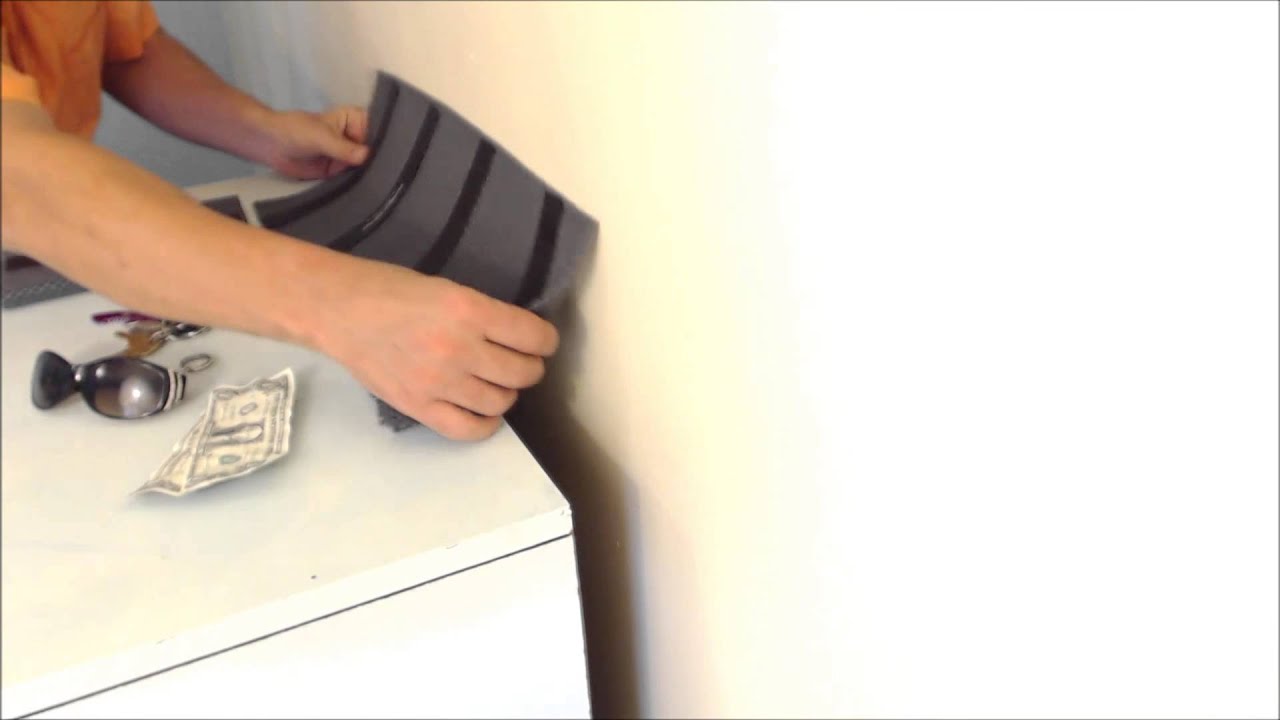

Furniture
How To Keep Things From Falling Behind A Dresser
Modified: May 6, 2024
Discover effective tips to prevent items from falling behind your dresser. Safeguard your furniture with these practical solutions and keep everything neatly in place.
(Many of the links in this article redirect to a specific reviewed product. Your purchase of these products through affiliate links helps to generate commission for Storables.com, at no extra cost. Learn more)
Introduction:
Furniture is not just a functional item in our homes; it also adds beauty and personality to our living spaces. However, keeping things organized and in place can sometimes be a challenge. One common issue many people face is items falling behind dressers. It can be frustrating to retrieve these items, not to mention the potential damage that can occur to both the furniture and the objects that fall behind. But fear not! In this article, we will discuss some practical tips to help you keep things from falling behind a dresser and maintain an organized living environment.
Whether it’s small accessories like jewelry or larger items like shoes, taking preventative measures can save you time and hassle. Let’s explore some effective strategies to address this common problem.
Key Takeaways:
- Prevent items from falling behind your dresser by using anti-slip mats, rearranging furniture, securing items with velcro strips, and utilizing drawer organizers. Keep your living space organized and frustration-free!
- Keep heavy items on lower shelves, regularly assess and declutter, and install drawer stops to prevent items from falling behind your dresser. Enjoy a harmonious and tidy living space with these practical tips!
Tip 1: Use Anti-Slip Mats:
An excellent way to prevent items from falling behind a dresser is to use anti-slip mats. These mats are thin and usually made of rubber or silicone, providing grip and preventing objects from sliding. Place these mats between the back of the dresser and the wall to create a barrier that keeps items from slipping through.
Anti-slip mats are readily available at home improvement stores, online retailers, or even in your local convenience store. They come in various sizes, allowing you to find the perfect fit for your dresser. Cut the mat to match the desired length and width, ensuring it covers the entire space behind the furniture.
The installation process is simple. Move the dresser away from the wall, clean the area thoroughly, and place the anti-slip mat against the wall. Then, carefully push the dresser back into place, ensuring the mat remains in position. Now, you have a secure barrier that prevents objects from slipping behind the dresser.
Remember to check the mat periodically to ensure it is still in place and providing adequate grip. If needed, you can easily reposition or replace it to maintain its effectiveness.
A bonus benefit of using anti-slip mats is that they also protect your wall from scratches caused by furniture movement. So, by investing in these mats, you are not only preventing items from falling behind the dresser but also safeguarding your walls from potential damage.
Now that you have Tip 1 in your arsenal, let’s move on to Tip 2: Rearrange Furniture Placement.
Tip 2: Rearrange Furniture Placement:
If you find that items consistently fall behind your dresser, it might be worth considering rearranging the placement of your furniture. Sometimes, the way in which your furniture is positioned can contribute to objects slipping through the cracks. By making a few simple adjustments, you can create a more secure setup that minimizes the chances of things falling behind.
Start by assessing the distance between the dresser and the wall. If there is a significant gap, it increases the likelihood of items slipping through. Ideally, you want the back of the dresser to be flush against the wall, leaving no openings for objects to fall into.
If you find that the dresser is too far away from the wall, you can try a few potential solutions. One option is to place furniture pads or felt pads behind the dresser. These pads create a cushion and help anchor the dresser in place, reducing the gap between the furniture and the wall. Additionally, you can also try placing a piece of sturdy cardboard or foam board between the dresser and the wall to fill any gaps.
Another consideration is the stability of the dresser itself. If it tends to wobble or slide easily, it becomes more prone to creating gaps where items can fall through. To address this, make sure that all the dresser’s legs are even and stable. If necessary, use furniture levelers or shims to ensure the dresser is level and secure.
By rearranging your furniture and creating a tighter, more stable setup, you can significantly reduce the chances of items slipping behind the dresser. Now, let’s move on to Tip 3: Secure Items with Velcro Strips or Adhesive Hooks.
Tip 3: Secure Items with Velcro Strips or Adhesive Hooks:
To prevent smaller items from falling behind your dresser, consider using velcro strips or adhesive hooks to keep them in place. These handy tools can provide a secure attachment, keeping your items within easy reach and preventing them from slipping into the gaps.
For lightweight accessories like jewelry or scarves, velcro strips can be a great solution. Cut small pieces of velcro tape and attach one side to the back of the item and the other side to the dresser’s surface. This will create a strong bond, preventing the item from falling off or getting lost behind the dresser.
Adhesive hooks are another fantastic option for securing items. With a variety of sizes and weight capacities available, you can choose the hooks that best suit your needs. Attach the hooks to the side or back of the dresser and hang lightweight items such as belts, hats, or bags to keep them organized and easily accessible.
When using velcro strips or adhesive hooks, make sure to clean and dry the surface of the dresser before attaching them. This will ensure a strong and long-lasting bond. Additionally, check the weight capacity of the hooks or strips to ensure they can hold the desired items without any risk of detachment.
Using velcro strips or adhesive hooks not only prevents objects from falling behind the dresser but also adds a touch of organization to your space. No more searching for misplaced accessories or rummaging through drawers for that missing belt – everything will be neatly secured in place.
Now that you have Tip 3 handy, let’s move on to Tip 4: Install Drawer Stops or Safety Latches.
Tip 4: Install Drawer Stops or Safety Latches:
If you find that items are often falling behind your dresser drawers, it may be time to consider installing drawer stops or safety latches. These devices are designed to keep drawers securely closed and prevent them from accidentally sliding open and causing items to fall behind.
Drawer stops are typically small metal or plastic pieces that attach to the sides or back of the drawer slides. They act as a physical barrier, preventing the drawer from being pulled out too far and ensuring it stays securely in place. By installing drawer stops, you can eliminate the risk of items slipping behind the dresser.
Safety latches are another effective option. They are typically used to prevent children from accessing potentially dangerous items inside the drawers, but they can also be helpful in keeping your belongings from falling behind the dresser. Safety latches are usually made of durable materials like plastic or metal and can be easily installed on the inside of the dresser’s frame or on the drawer itself. Whenever you close the drawer, the latch securely holds it in place, preventing any accidental openings.
When installing drawer stops or safety latches, it is essential to follow the manufacturer’s instructions to ensure proper placement and functionality. Take the time to measure and mark the correct positions, and use the provided screws or adhesive to secure the device in place. With these safeguards in place, you can have peace of mind knowing that your drawers are securely closed and items will remain in their designated space.
By implementing drawer stops or safety latches, you effectively eliminate the chance of items falling behind your dresser and ensure that your belongings are stored safely and securely.
Now that you have Tip 4 in your toolbox, let’s move on to Tip 5: Utilize Drawer Organizers.
Use adhesive putty to secure small items on top of the dresser, and install furniture straps to anchor the dresser to the wall to prevent it from tipping over.
Tip 5: Utilize Drawer Organizers:
Keeping your dresser drawers organized is essential for preventing items from falling behind. One effective way to achieve this is by utilizing drawer organizers. These handy tools help to compartmentalize the space, allowing you to separate and store your belongings in a neat and orderly manner.
There are various types of drawer organizers available, from plastic dividers to fabric bins and trays. Choose the ones that best suit your needs and the size of your dresser drawers. Consider the types of items you typically store in your dresser and select organizers with the appropriate compartments or slots.
For example, a jewelry organizer with individual compartments and soft lining can keep your earrings, necklaces, and rings safely in place, preventing them from getting tangled or falling behind the dresser. A sock organizer with dividers or small compartments can keep your socks neatly organized, eliminating the chances of them slipping into the depths of the drawer.
When using drawer organizers, take the time to sort and declutter your belongings. Remove any items that you no longer need or use, and designate specific organizers for different types of items. This will make it easier to find what you need and reduce the chances of things getting lost or falling behind the dresser.
By utilizing drawer organizers, you not only maintain a clutter-free and organized dresser but also create a barrier that prevents items from slipping through the gaps. Say goodbye to the frustration of digging through messy drawers and hello to a neatly arranged storage solution.
With Tip 5 implemented, it’s time to move on to Tip 6: Keep Heavy Items on Lower Shelves.
Tip 6: Keep Heavy Items on Lower Shelves:
When it comes to keeping items from falling behind your dresser, the placement of items within the dresser itself can make a significant difference. One helpful tip is to prioritize keeping heavy items on lower shelves or in lower drawers.
Why is this important? Well, heavy objects are less likely to shift or roll around, reducing the chances of them accidentally falling behind the dresser. By keeping heavier items on the lower shelves or drawers, you create a stable and secure base that anchors the dresser’s contents.
For example, if you have a dresser with multiple shelves or drawers, place heavier items such as books, shoeboxes, or larger clothing items like sweaters or jeans on the lower levels. This not only prevents them from falling behind but also ensures the dresser’s center of gravity remains low, reducing the risk of tipping over.
On the higher shelves or in the top drawers, you can store lighter items like t-shirts, socks, or accessories. These lighter items are less likely to cause any accidents if they do happen to shift or fall out when the drawer is opened.
By strategically organizing your dresser and keeping heavier items on lower shelves or in lower drawers, you create a safer and more stable environment for your belongings. This simple adjustment can significantly reduce the chances of objects falling behind the dresser.
With Tip 6 in mind, let’s move on to Tip 7: Regularly Assess and Declutter.
Tip 7: Regularly Assess and Declutter:
One of the best ways to prevent items from falling behind your dresser is to regularly assess and declutter the items you store in it. Over time, it’s natural for things to accumulate and become disorganized, making it easier for items to be misplaced and lost behind or inside the dresser.
Set aside some time every few months to go through the contents of your dresser. Take out each item and evaluate its purpose and importance in your life. Ask yourself if you still use and need each item or if it’s time to let it go.
Separate the items into different categories, such as keep, donate, or discard. This process helps you eliminate the items that are no longer useful or relevant to you. By reducing the clutter, you create more space and make it easier to find and access the things you actually need.
Additionally, as you declutter, thoroughly clean the inside and outside of the dresser. Dust and debris can accumulate over time, making it harder for items to stay in place or causing them to slip behind. By cleaning the dresser, you create a fresh and tidy environment that is less prone to mishaps.
Regularly reassessing and decluttering your dresser ensures that you are only keeping the items that are useful and needed. By reducing the excess, you minimize the chances of losing items behind the dresser and maintain a more organized and functional storage space.
With Tip 7 complete, it’s time to conclude our discussion on how to keep things from falling behind a dresser.
Conclusion:
Keeping things from falling behind a dresser is all about taking preventative measures and maintaining an organized living space. By implementing the tips mentioned in this article, you can minimize the frustration of having to retrieve misplaced items and ensure that your dresser remains clutter-free.
From using anti-slip mats to rearranging furniture placement, securing items with velcro strips or adhesive hooks, installing drawer stops or safety latches, utilizing drawer organizers, keeping heavy items on lower shelves, and regularly assessing and decluttering, each tip serves as a valuable tool in preventing objects from slipping through the gaps.
Remember, prevention is key. By taking the time to set up barriers, create organization systems, and regularly maintain your dresser, you can save yourself time and effort in the long run.
So, the next time you find yourself frustrated with items falling behind your dresser, try implementing these tips to keep things in place and enjoy a more harmonious and organized living space.
With a little time and effort, you can bid farewell to the annoyance of retrieving lost items and create a functional and tidy dresser that enhances the beauty of your home.
Happy organizing!
Ready for more practical advice on keeping your living space tidy and functional? Dive into our guide on home organization tips via our latest article on fabric storage cubes, perfect for sorting and storing everyday items efficiently. Craving a kitchen that shines without the elbow grease? Check out our cleaning hacks for achieving a spotless oven with minimal effort. And if your wooden floors show signs of wear, don't fret. Our DIY solutions provide easy, effective methods to remove scratches and restore their natural beauty.
Frequently Asked Questions about How To Keep Things From Falling Behind A Dresser
Was this page helpful?
At Storables.com, we guarantee accurate and reliable information. Our content, validated by Expert Board Contributors, is crafted following stringent Editorial Policies. We're committed to providing you with well-researched, expert-backed insights for all your informational needs.
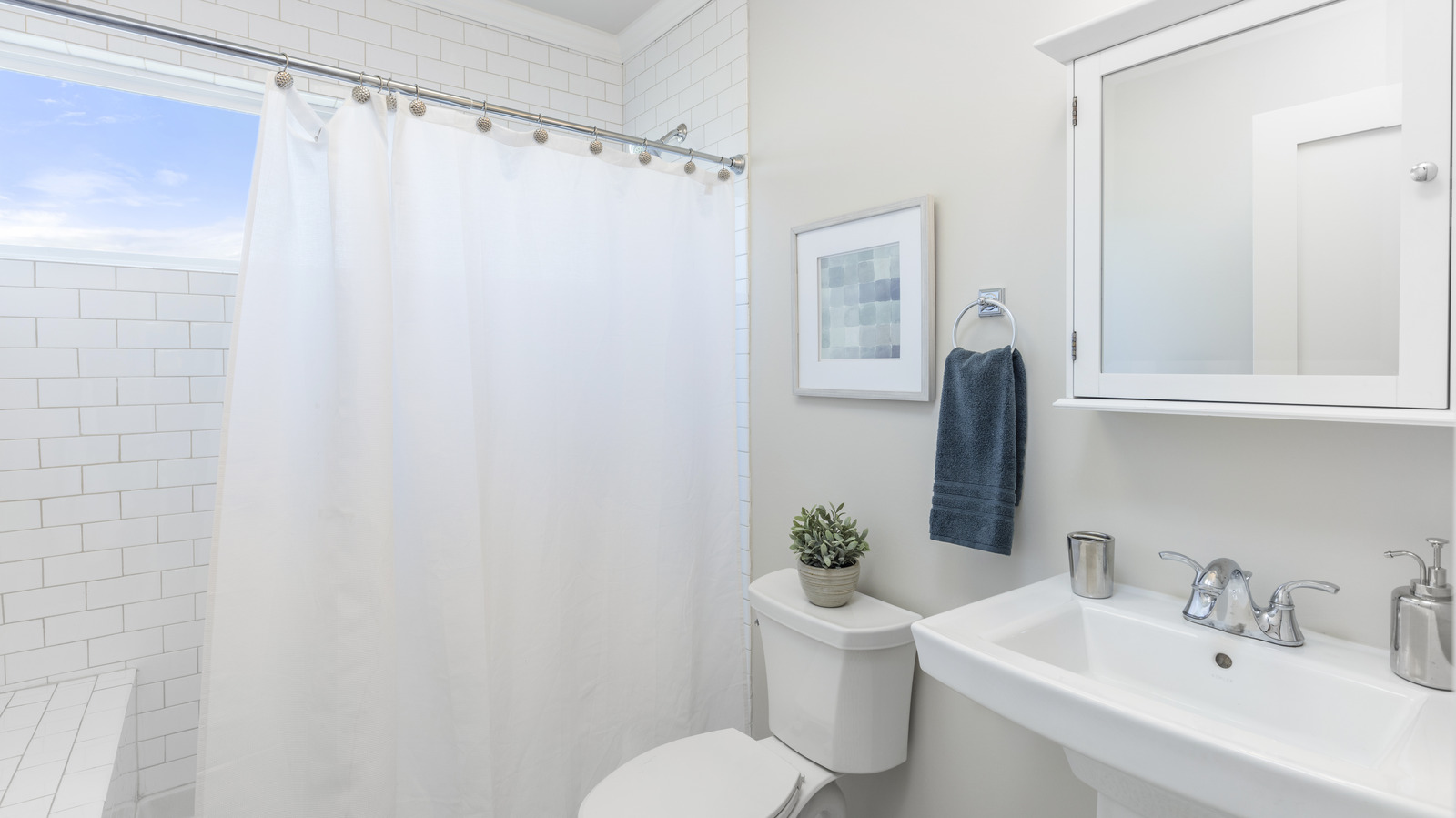
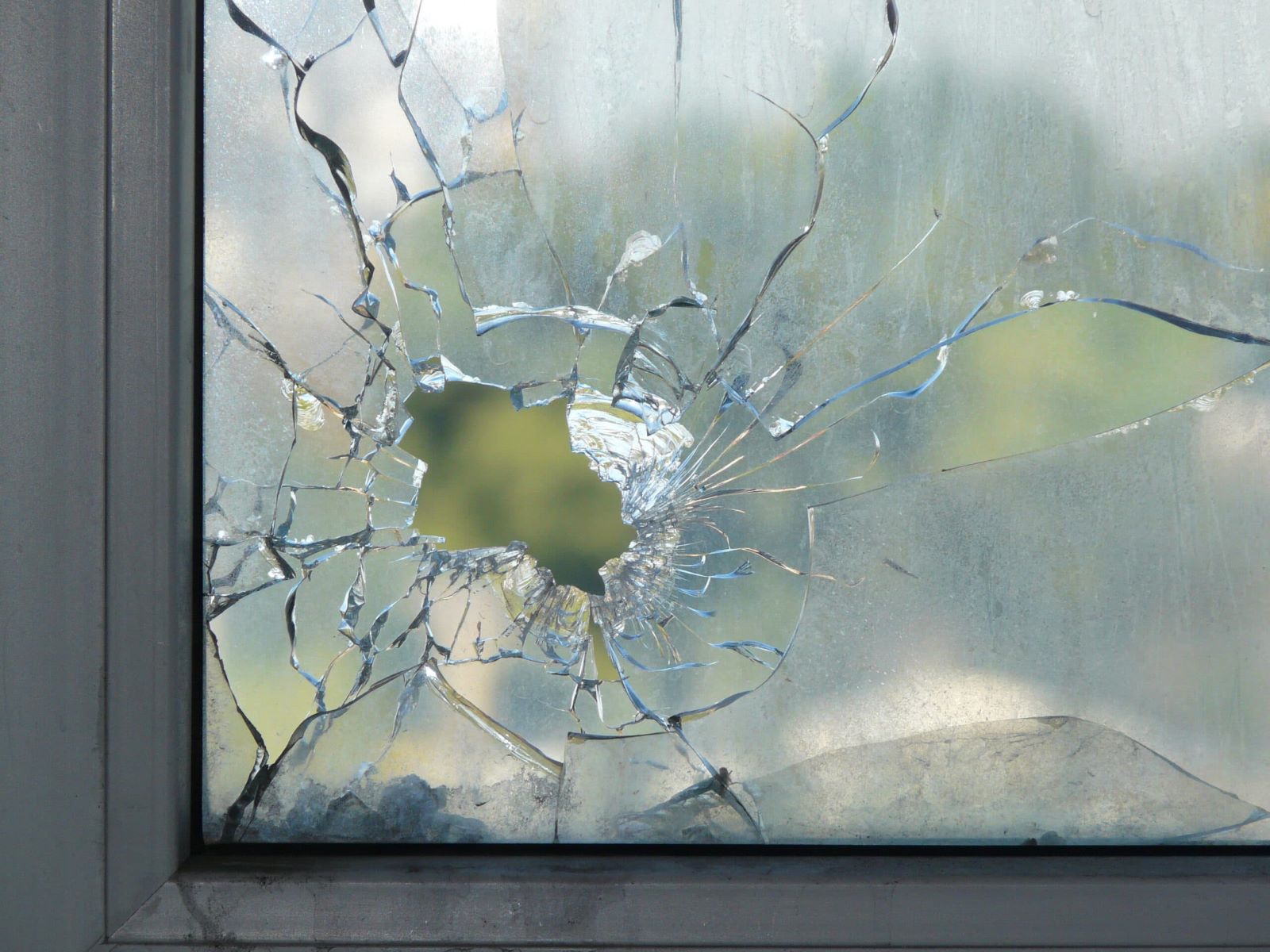
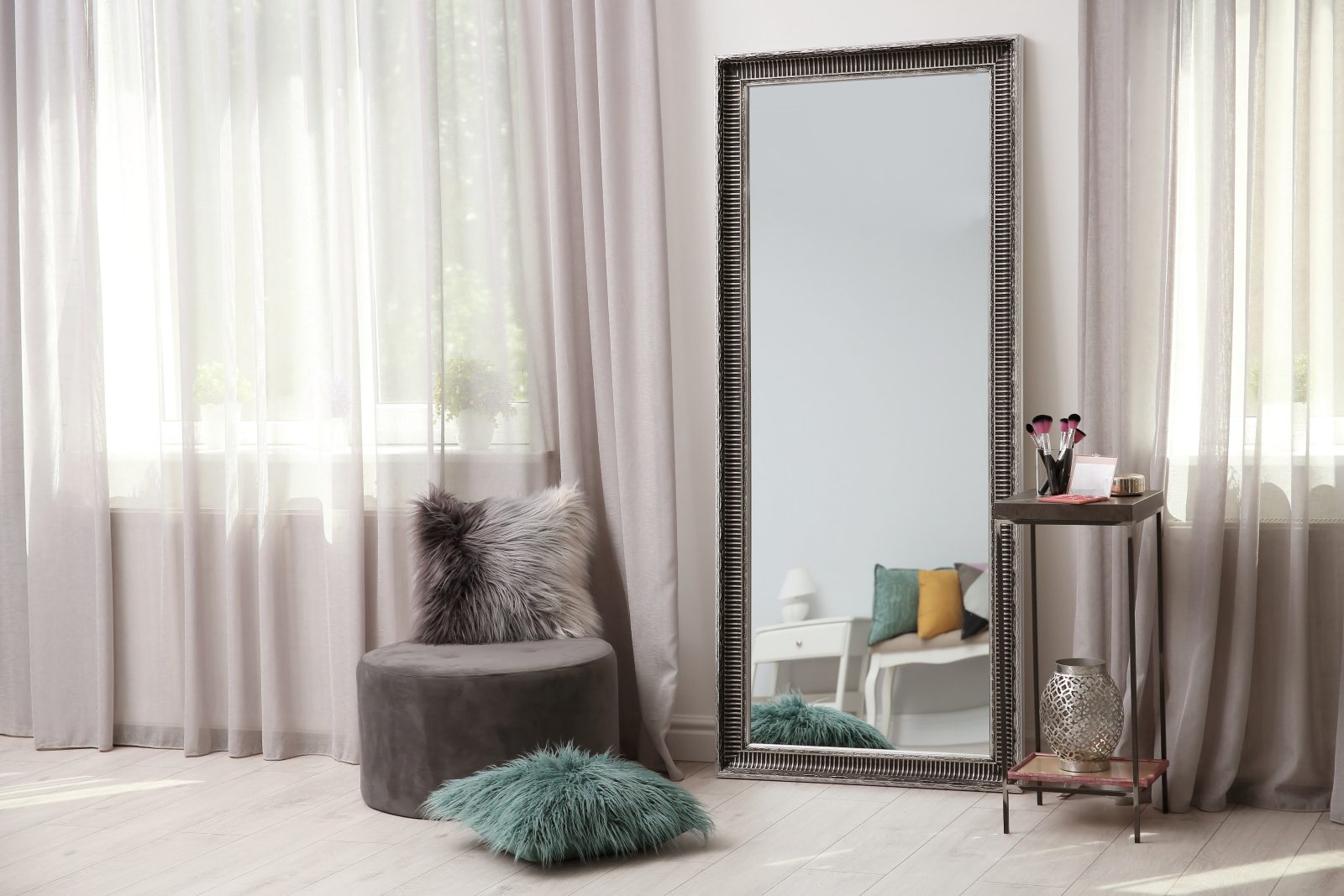
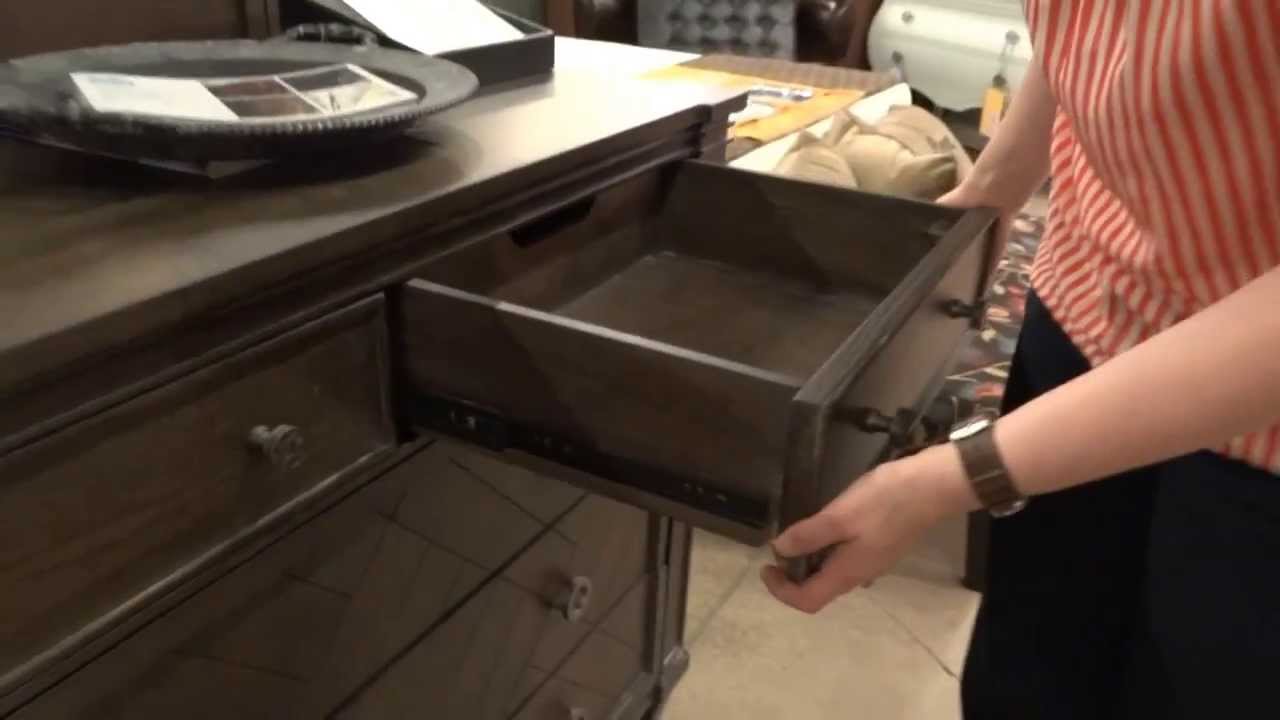
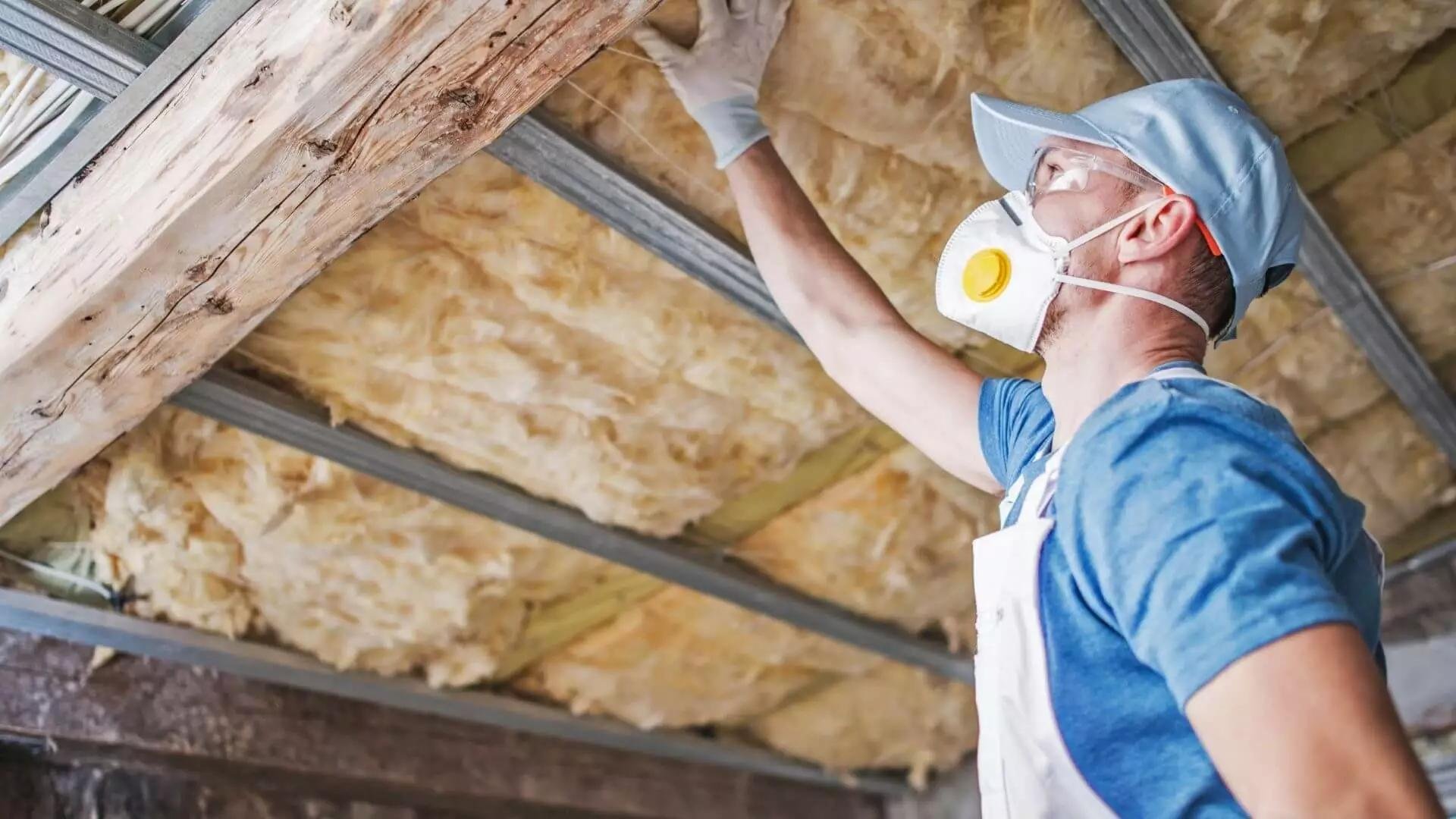
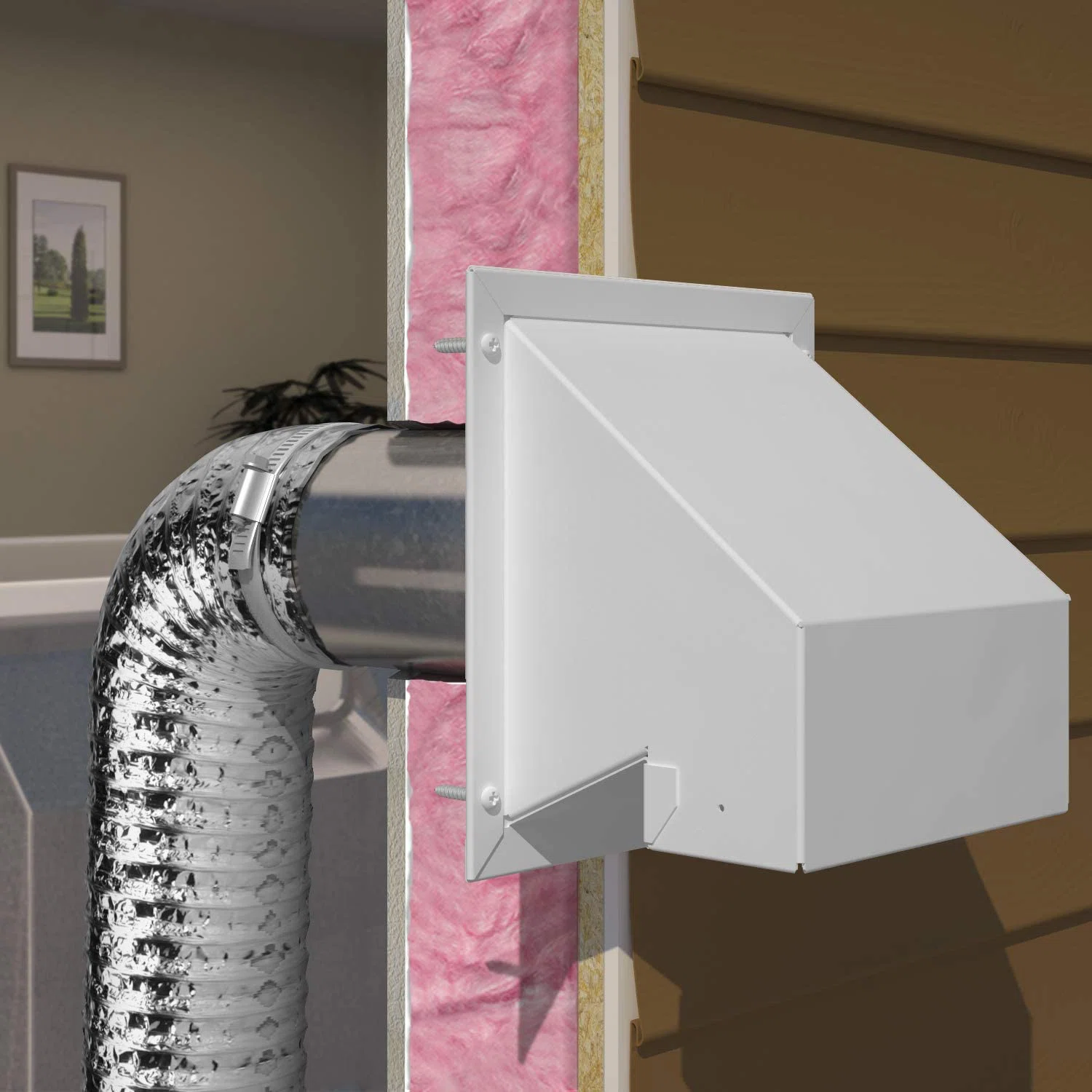

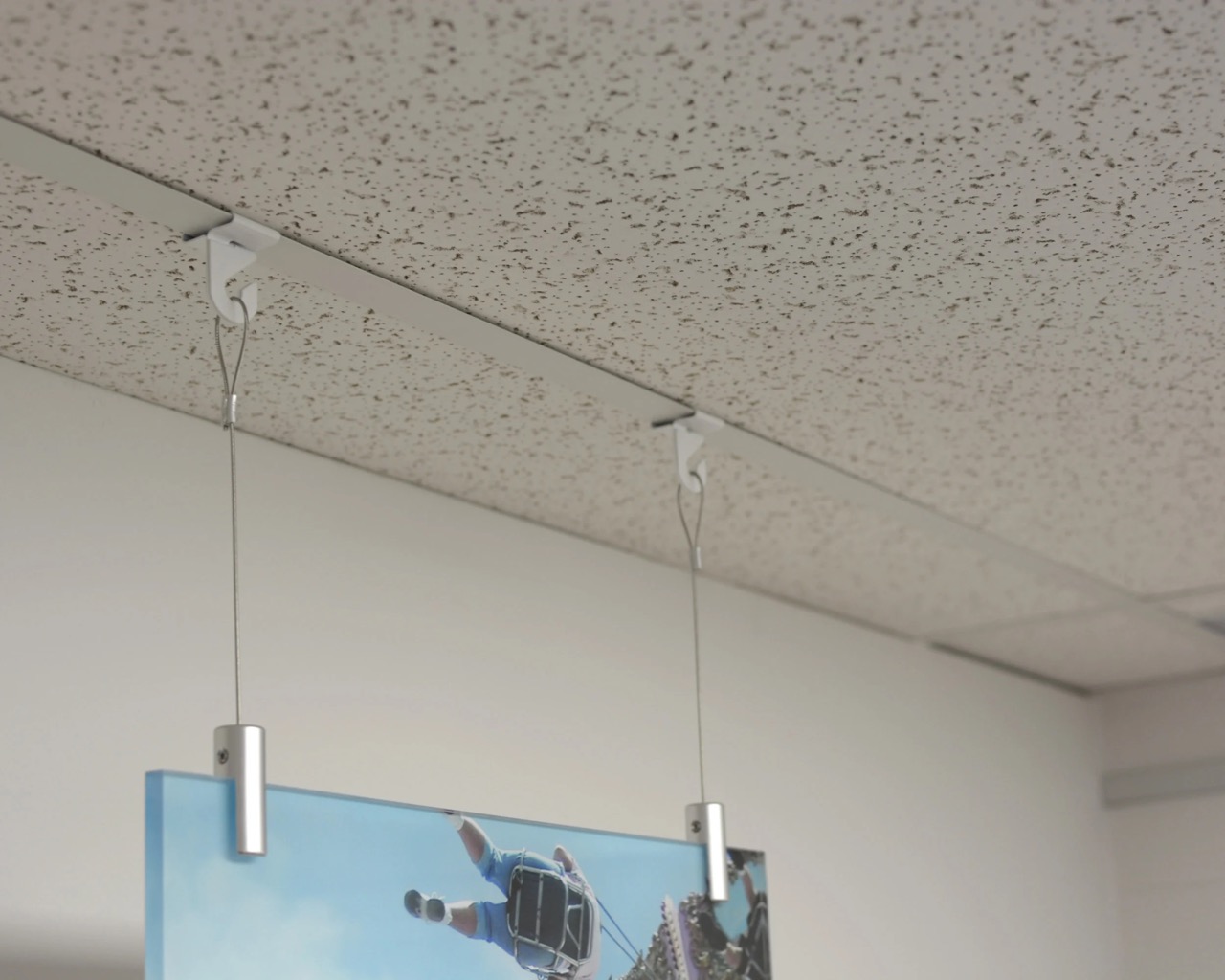
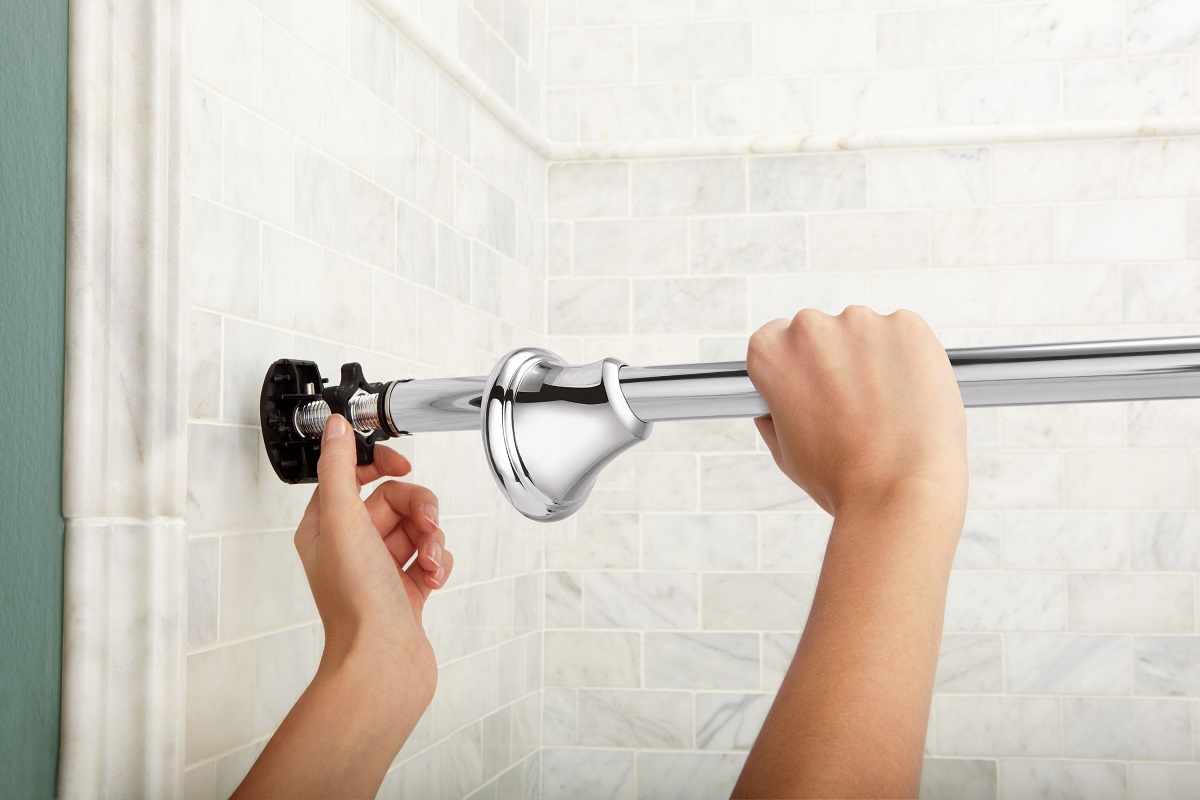
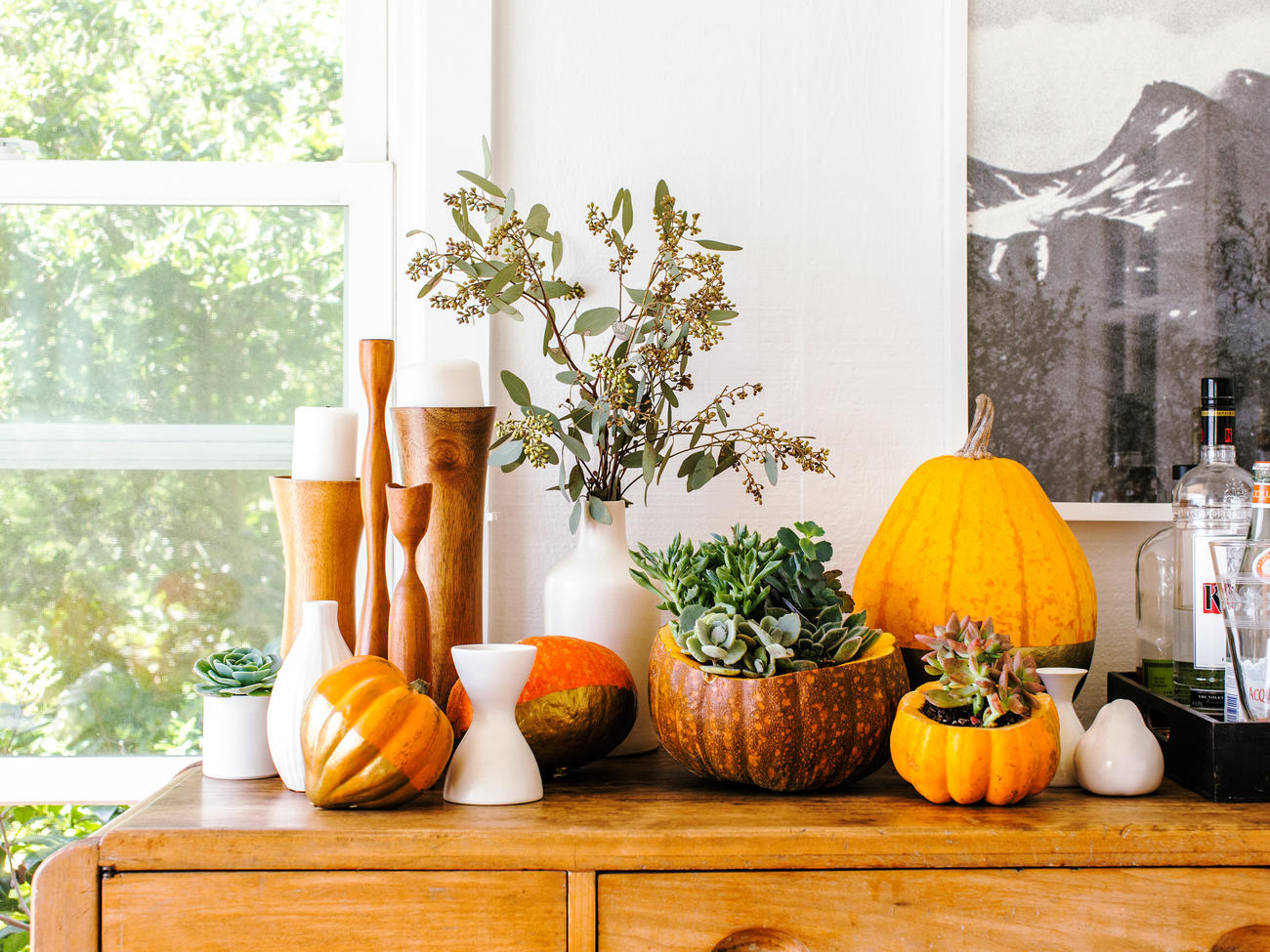
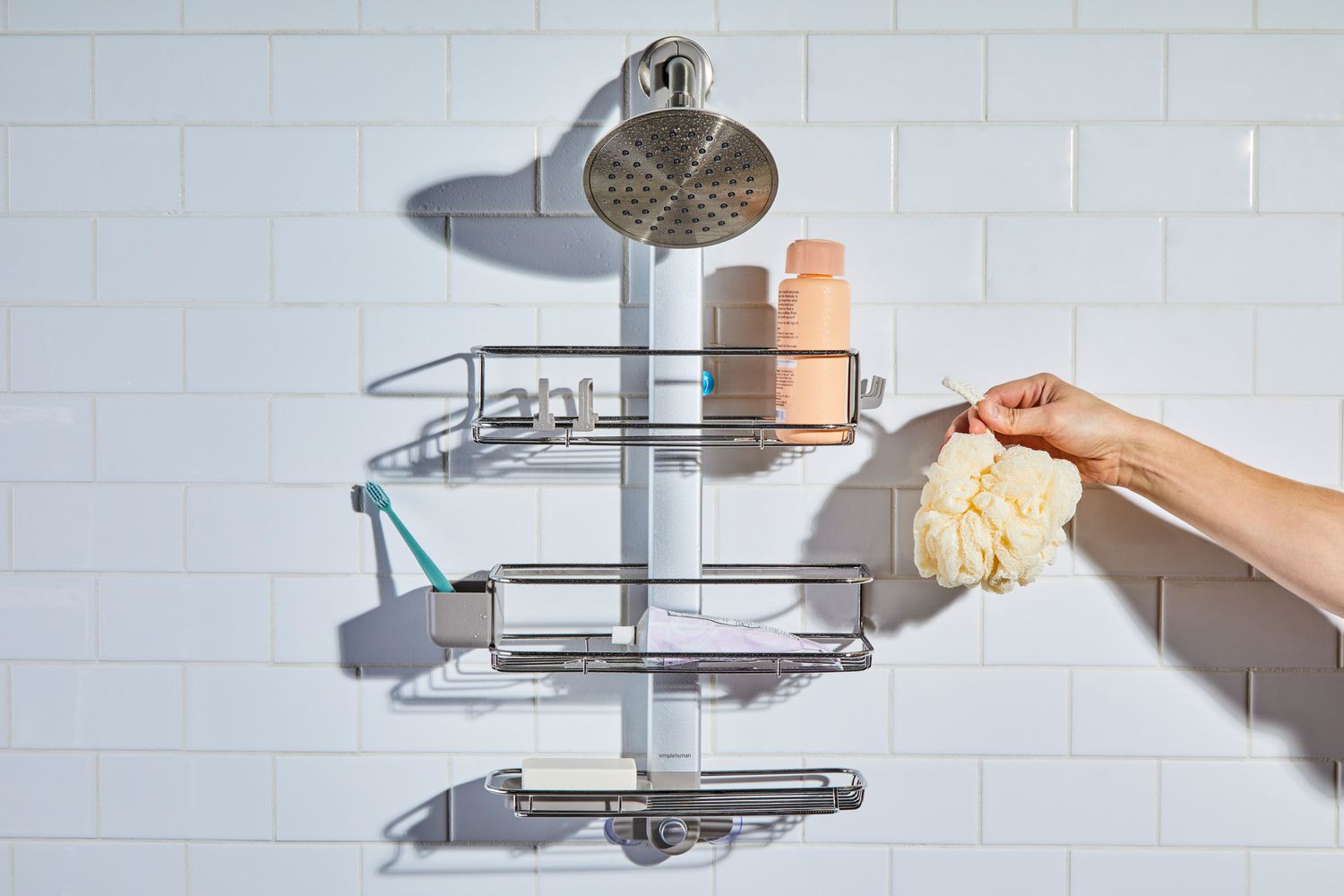
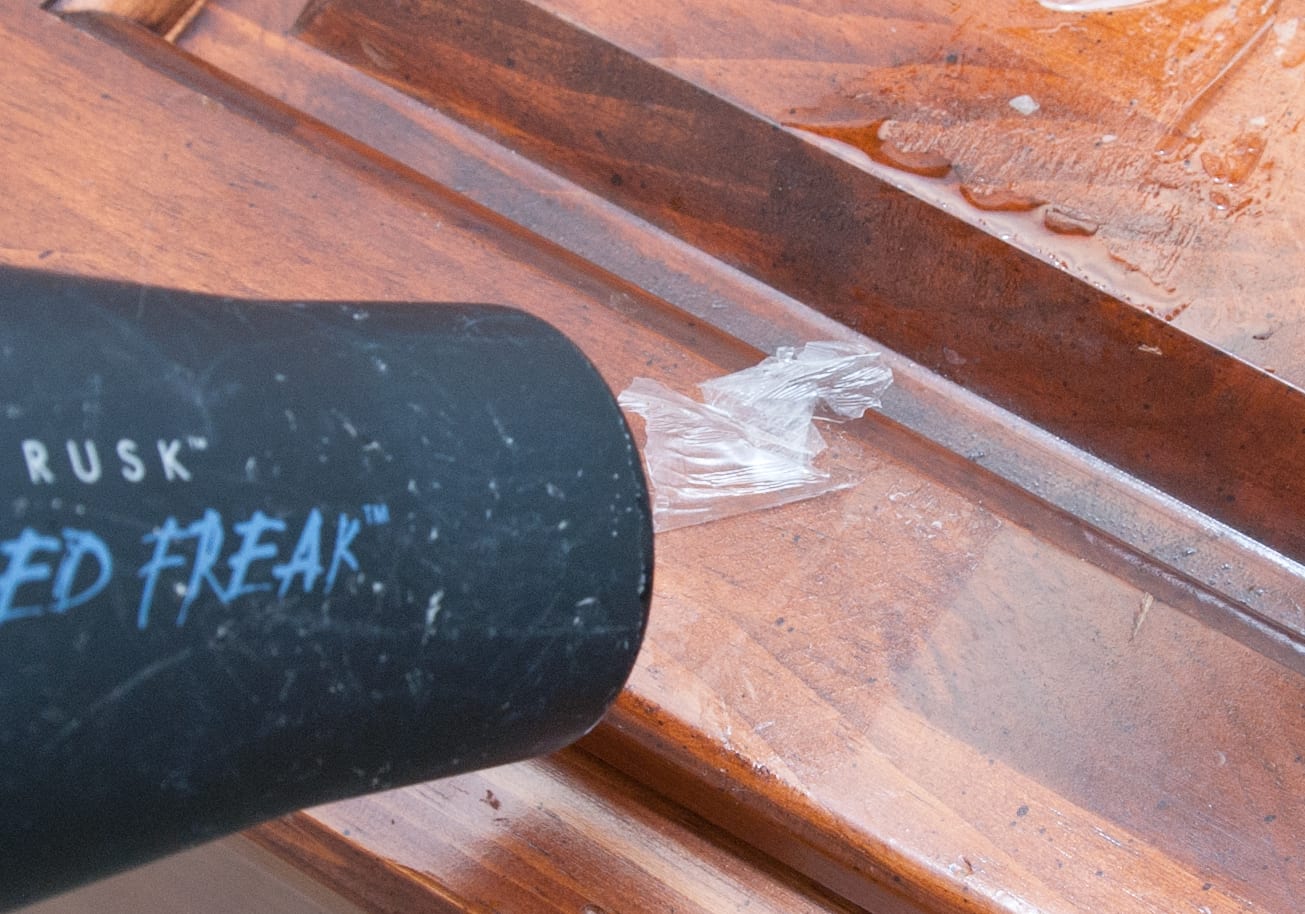
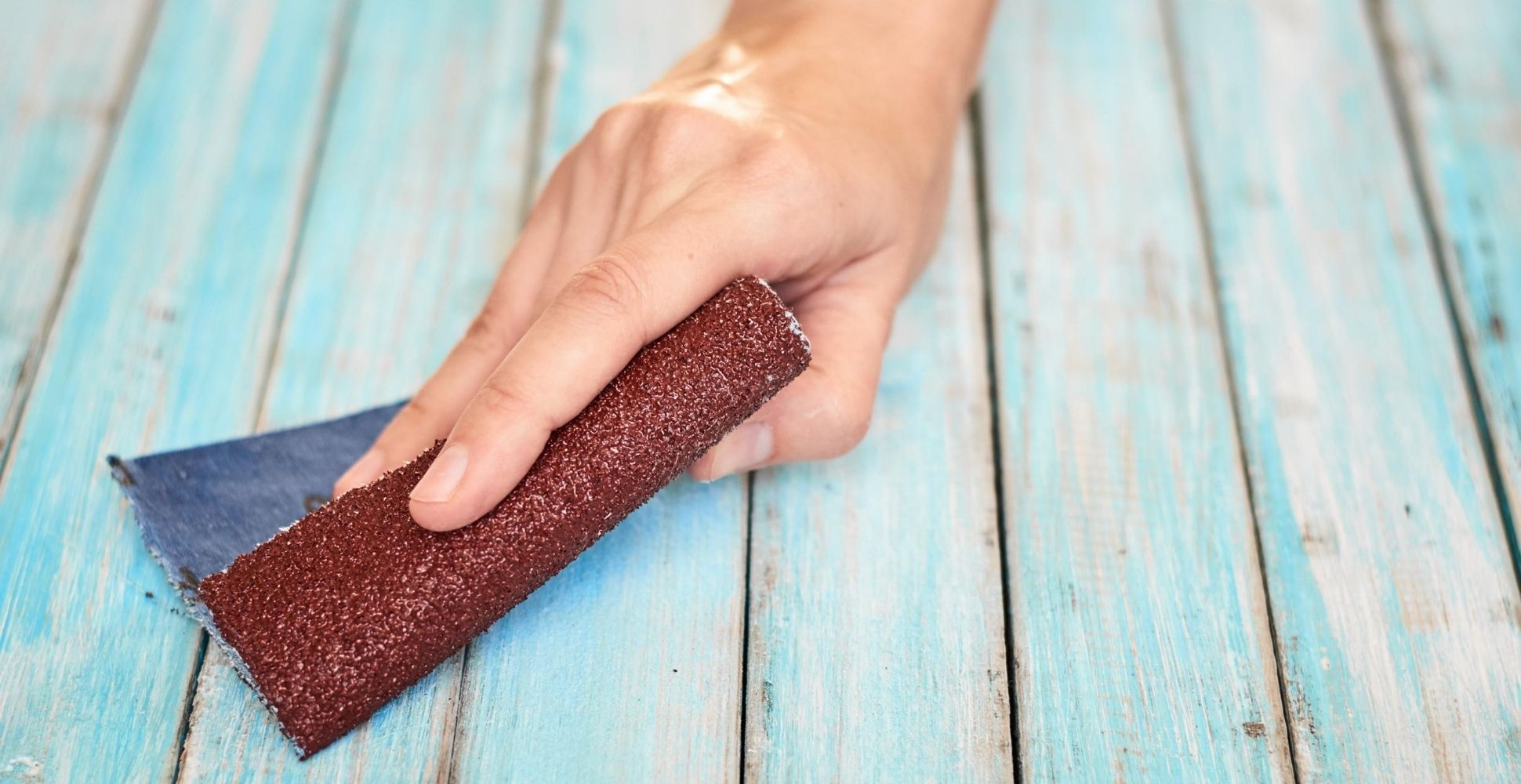
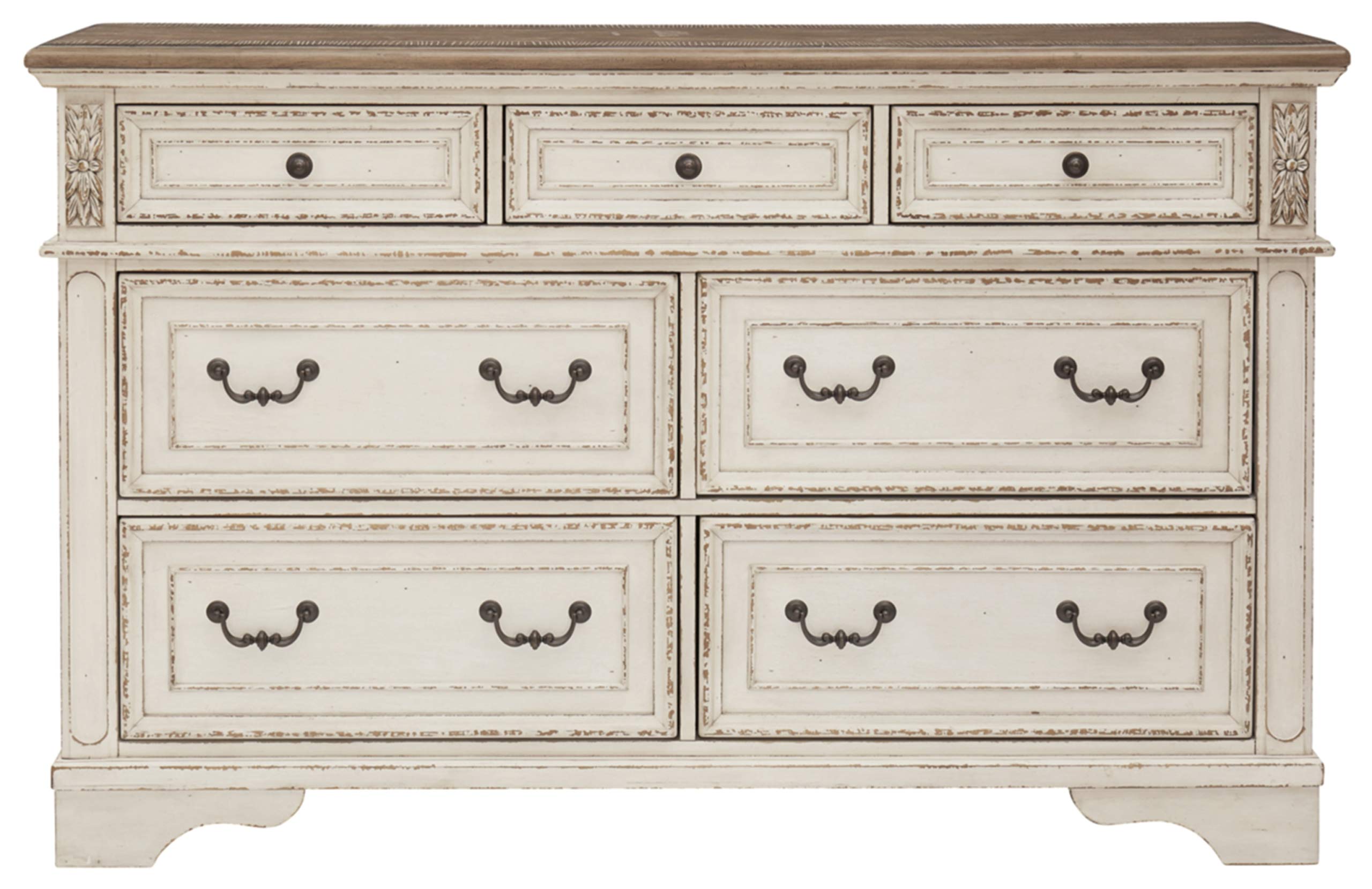

0 thoughts on “How To Keep Things From Falling Behind A Dresser”